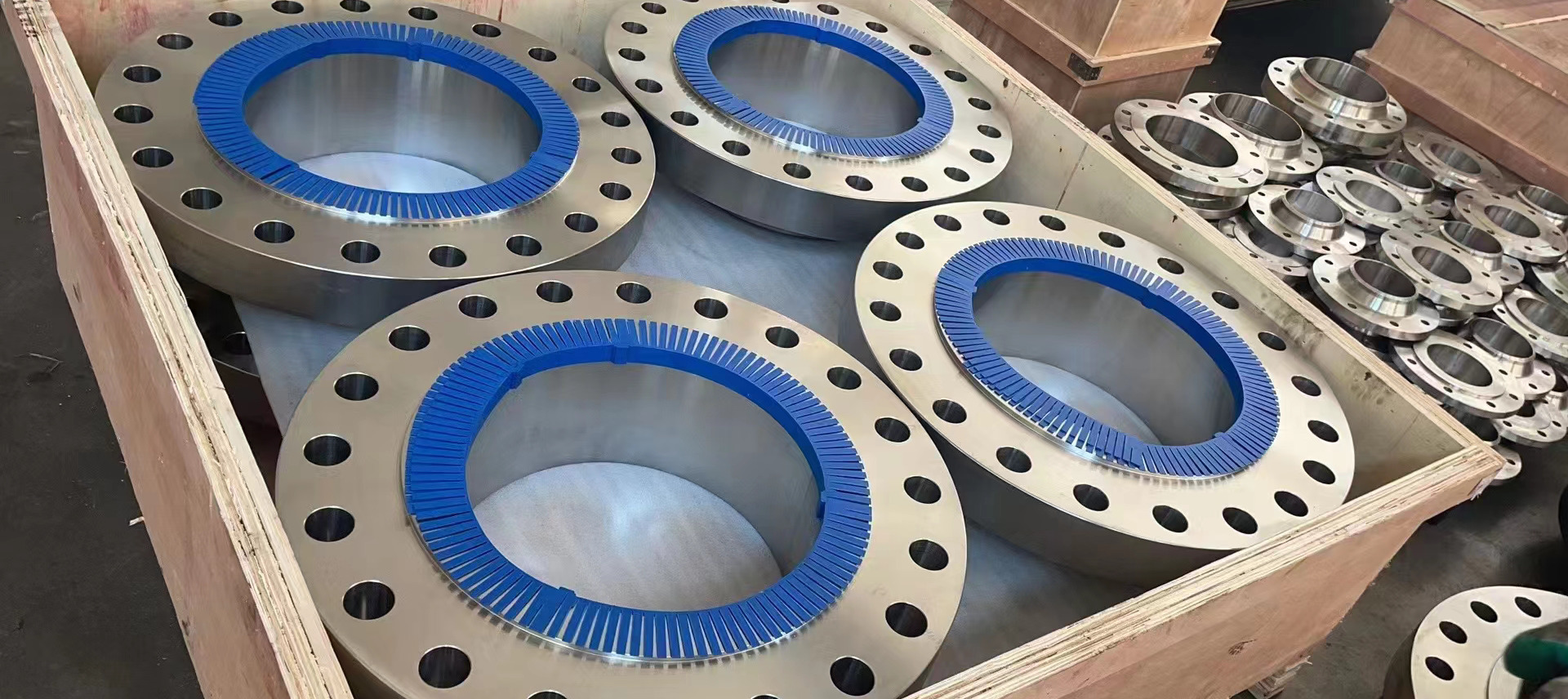Share this
Common Flange Production Standards and Material Standards:
Flange Production Standards:
1. ANSI/ASME Standards:
– ANSI B16.5: Standard specifications for flanges and flanged fittings by the American National Standards Institute (ANSI) and the American Society of Mechanical Engineers (ASME).
– ANSI B16.47: Standard specifications for large diameter flanges and flanged fittings.
2. EN Standards:
– EN 1092: European standards specifying types, dimensions, and pressure ratings of flanges.
– EN 1759: Involves threads for flanges and their joints.
3. JIS Standards:
– JIS B2220: Japanese Industrial Standards outlining specifications for steel flanges and flanged fittings.
4. DIN Standards:
– DIN 2501: German standards specifying types and dimensions of flanges.
5. BS Standards:
– BS 4504: British standards covering specifications for flanges and flanged fittings.
– BS 10: Standards for steel flanges and flanged fittings.
Flange Material Standards:
1. ASTM Standards:
– ASTM A105: Standard specification for carbon steel flanges.
– ASTM A182: Standard specification for alloy and stainless steel flanges.
2. DIN Standards:
– DIN 2576: Standard for carbon steel flanges.
– DIN 2633: Standard for alloy and stainless steel flanges.
3. JIS Standards:
– JIS B2220: Includes standard specifications for steel flanges, covering various materials.
4. EN Standards:
– EN 1092-1: Covers flanges of various materials, including carbon steel, stainless steel, alloy steel, etc.
5. API Standards:
– API 605: Standard specifications for large-diameter carbon steel flanges.
When selecting flanges and materials, adherence to the appropriate standards and specifications is crucial to ensuring the safety and reliability of the system. The choice of flanges and pipe fittings is also influenced by the specific industry and application.

